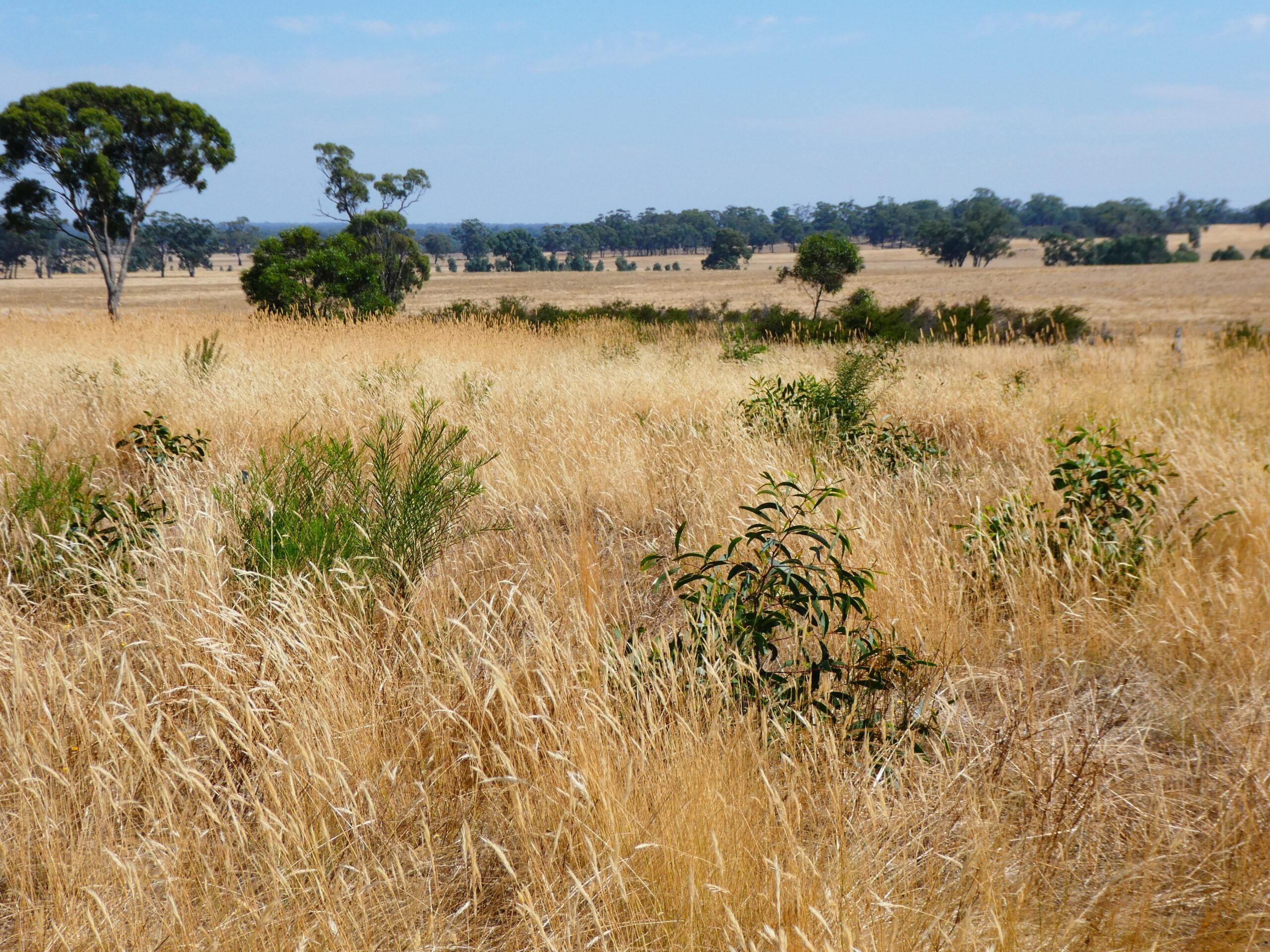Project start date: 01/04/2024
Project end date: 31/12/2026
NESP funding: $258,000 (GST-exclusive)
Community-based natural resource management groups are the foundation of restoration and conservation action across Australia.
More than 30 years of research has generated a wealth of information about factors that contribute to, or detract from, the success of community-based natural resource management (NRM) programs. There are numerous confounding and interacting elements that determine the ecological, social and/or economic outcomes of NRM activities, making it difficult to identify key factors and compare outcomes.

Young forest growing at Kara Kara is part of a Landcare and threatened-species recovery project. Photo: Greenfleet Australia CC-BY-NC-ND 2.0.
We are collecting information from Landcare groups and threatened-species recovery teams about activities their members have been involved in across Australia.
The information collected will be included with other publicly available data and analysed using a variety of statistical methods to identify:
Insights from this work will generate information that National Landcare Network, threatened-species recovery teams and NRM Regions Australia can leverage to design programs and demonstrate their success at multiple scales.
Key research areas
To identify the factors resulting in positive outcomes for Landcare and threatened-species recovery-team programs, this project is:
No resources found.
Project leader
The project is being led by Professor Natalie Stoeckl from the University of Tasmania and Kerry Olsson from the National Landcare Network.
Contact
For further information, contact natalie.stoeckl@utas.edu.au, olssonkerry@gmail.com, partnerships@nln.org.au or nesplandscapes@uwa.edu.au.
Research users
People